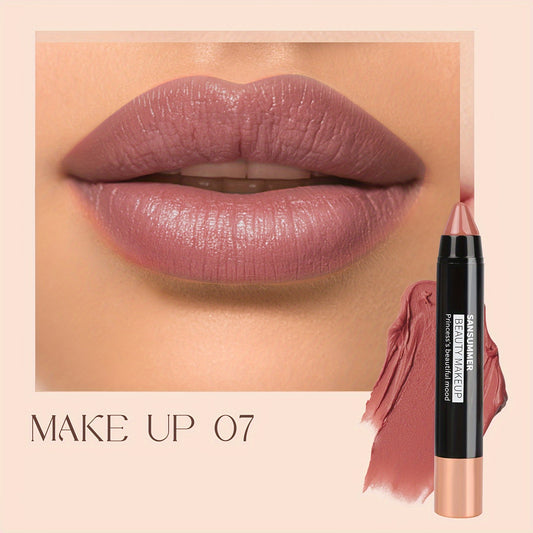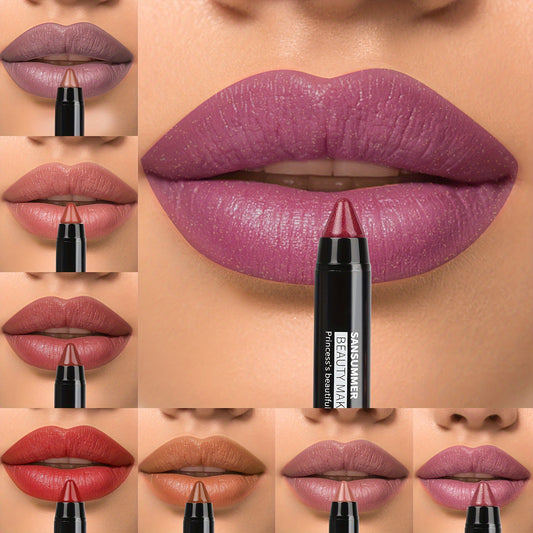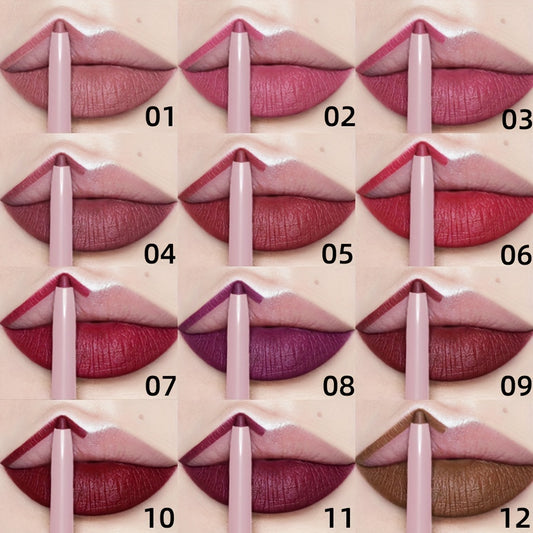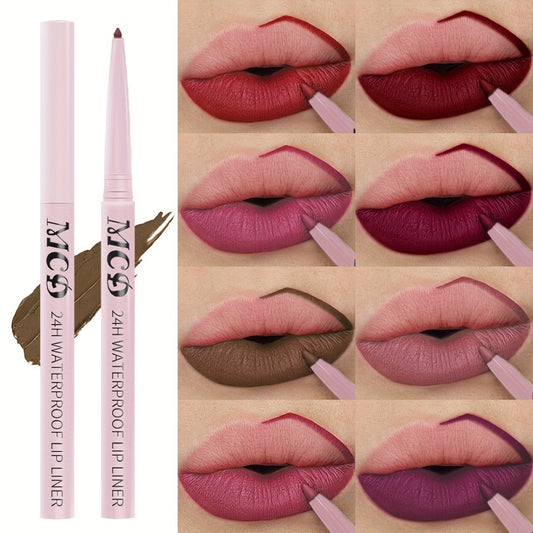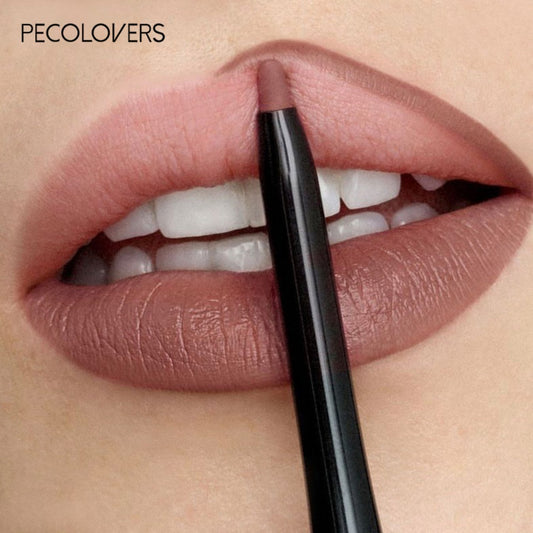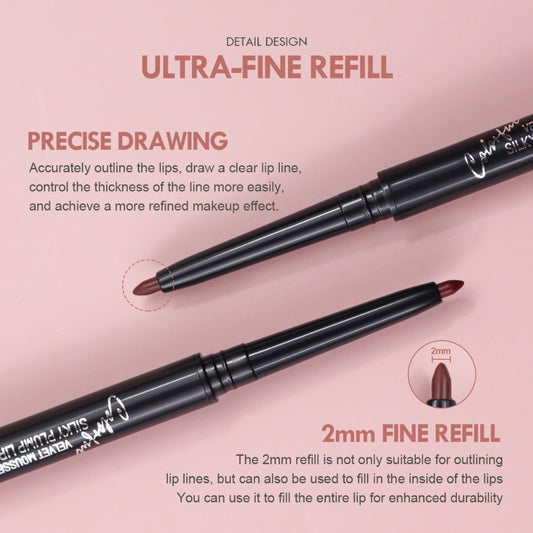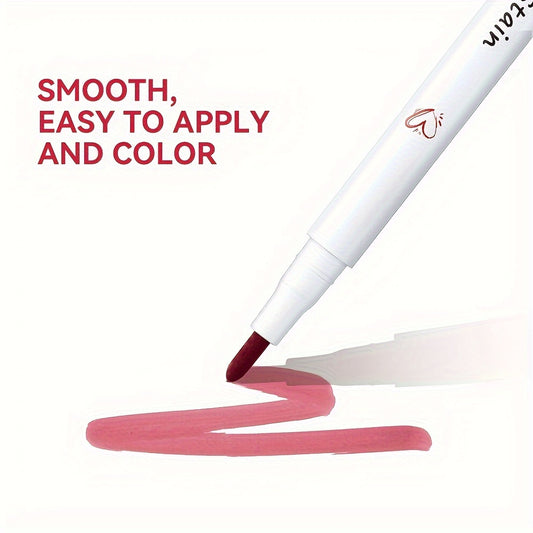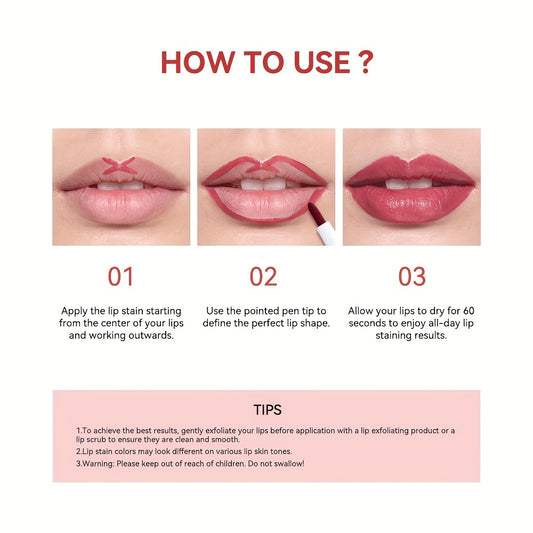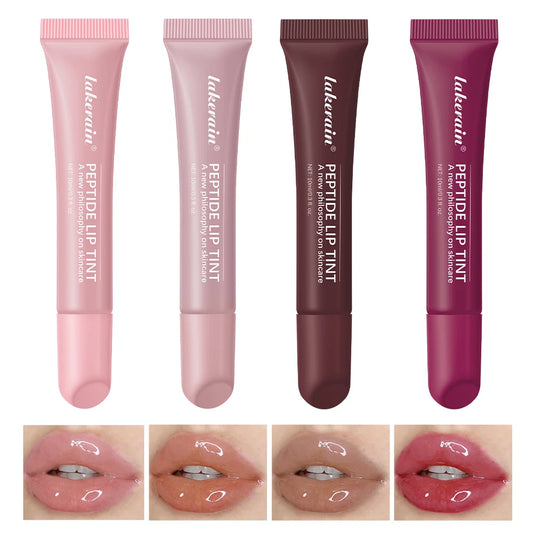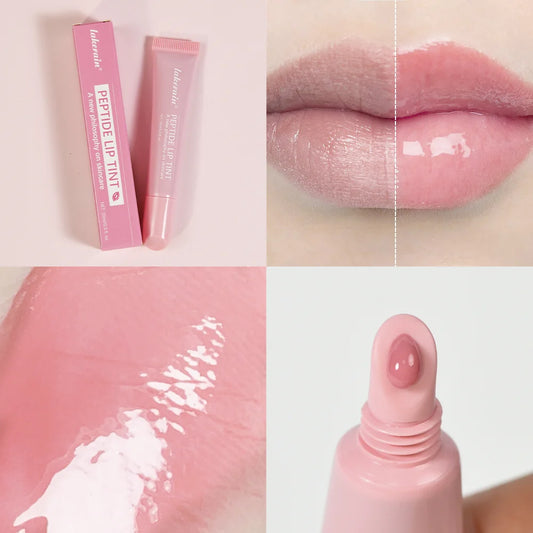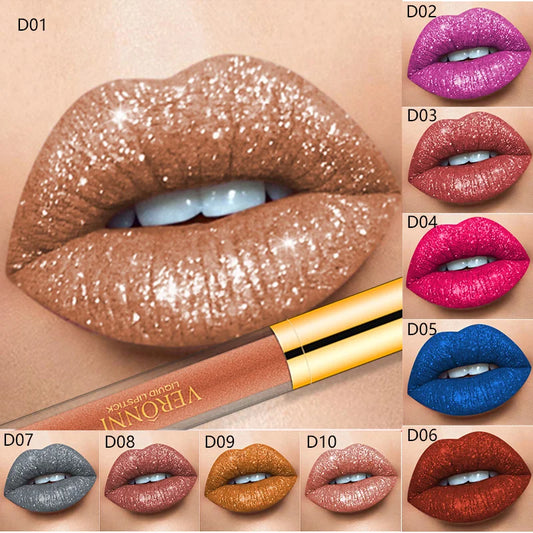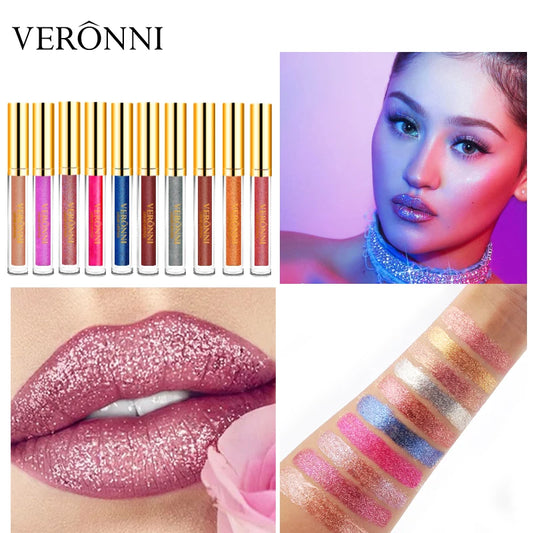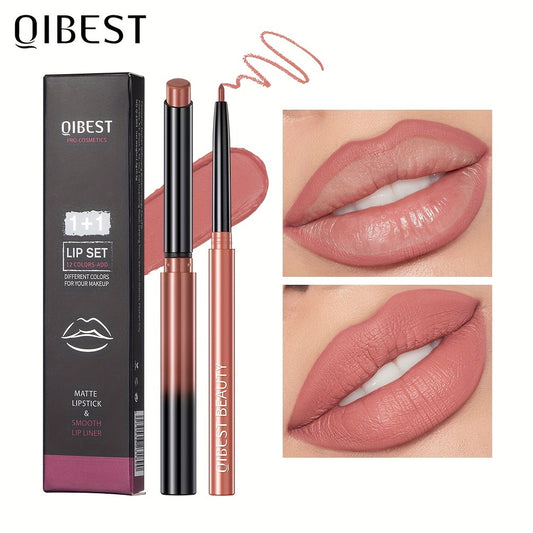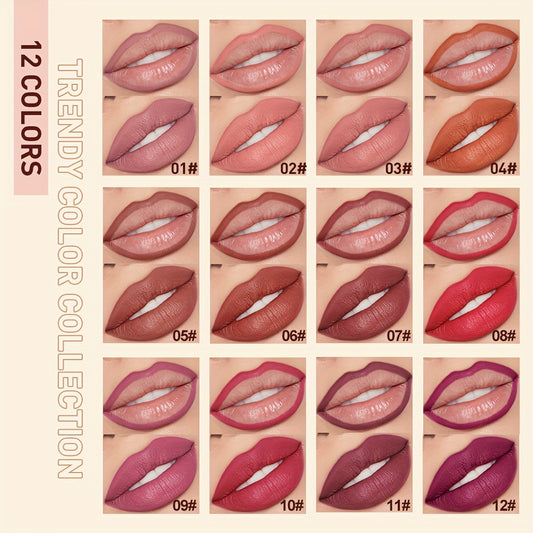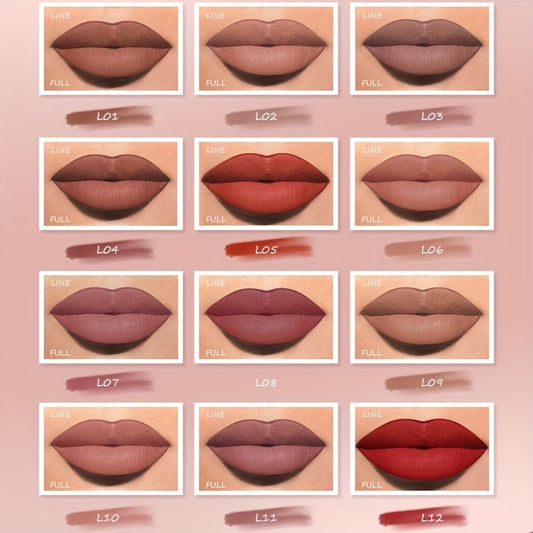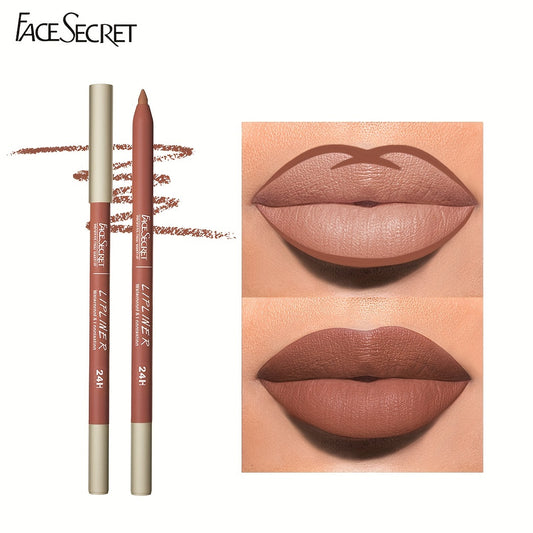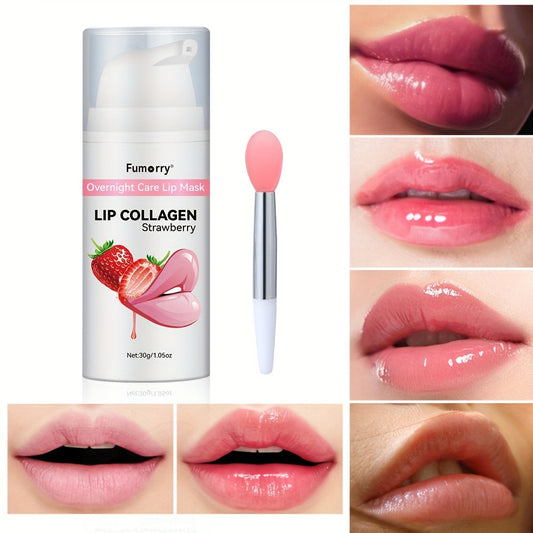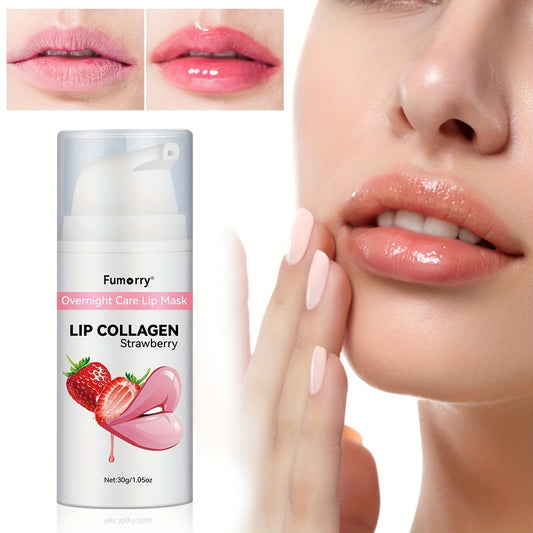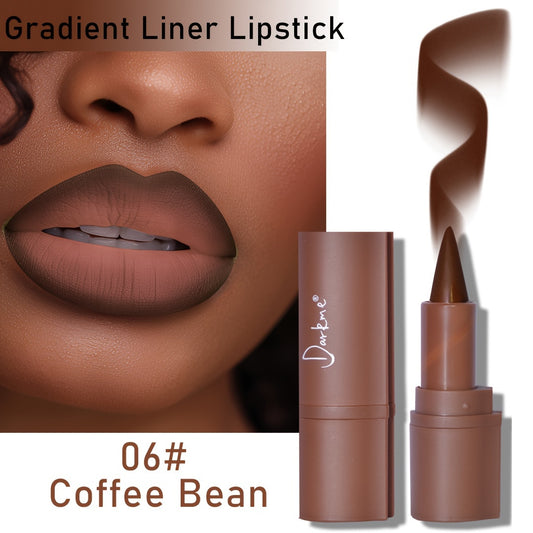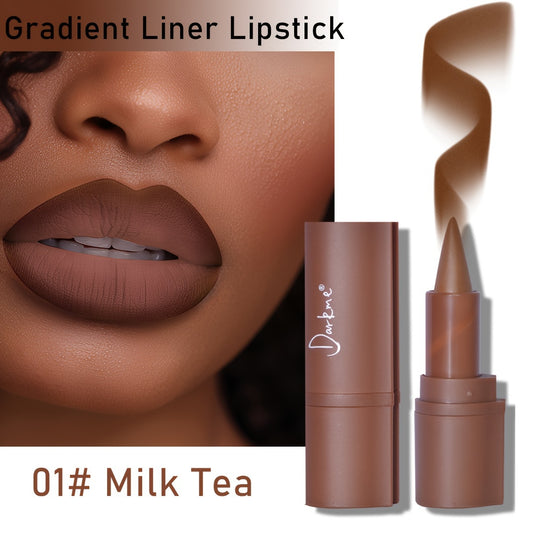Does Lip Balm Go Bad? Understanding Expiration Dates and Safety
Share
Have you ever dug through your bag and found an old lip balm, wondering if it's still okay to use? It's a common thought, right? We all want our lips to feel good, and that little tube is supposed to help. But just like other things we use, lip balm doesn't last forever. So, does lip balm go bad? Let's find out what happens to it over time and how to tell if yours has seen better days.
Key Takeaways
- Yes, lip balm can expire, though it doesn't spoil like food. Its effectiveness can decrease, and it might become less safe over time.
- Most lip balms last about one to three years, but this varies based on ingredients, how it's packaged, and where you keep it.
- Look for changes in texture (like becoming grainy or too soft), unusual smells, or discoloration as signs your lip balm has gone bad.
- Using expired lip balm might not work as well for moisturizing and could potentially cause irritation or infection.
- To make your lip balm last longer, keep it sealed tightly, store it in a cool, dry place away from sunlight, and practice good hygiene when applying it.
Understanding Lip Balm Expiration
So, you've got that trusty tube of lip balm, the one you probably keep everywhere – your pocket, your car, that random drawer. But have you ever stopped to think if it actually goes bad? It's not like milk or anything, but yeah, lip balm does have a shelf life. It’s important to know when it’s time to let go of that old stick for the sake of your lips.
Yep, it does. While it won't spoil in the same way food does, lip balm can definitely expire. Think of it less like a food expiration date and more like a 'best by' date for its effectiveness and safety. After a certain point, the ingredients start to break down, meaning it might not moisturize as well, and in some cases, it could even cause problems.
Most lip balms are generally good for about one to three years from the date they were made. However, this isn't a hard and fast rule. The exact lifespan can really depend on what's actually in the tube.
- Products with natural ingredients like beeswax, shea butter, or various plant oils often have a shorter shelf life, sometimes closer to a year. These natural components can degrade more quickly.
- Lip balms with synthetic ingredients and preservatives tend to stick around longer, often reaching that full three-year mark or even a bit beyond.
Several things can speed up or slow down how long your lip balm stays good:
- Ingredients: As mentioned, natural oils and extracts can break down faster than synthetic ones. Preservatives are added to many products to help them last longer, but not all lip balms, especially natural or organic ones, will have them.
- Packaging: Lip balms that come in tubes or twist-up sticks are usually better protected from air and germs than those in little pots or tins. Every time you dip your finger into a pot, you're introducing potential contaminants and exposing the product to air, which can speed up degradation.
- Storage Conditions: Heat, direct sunlight, and even high humidity can really mess with your lip balm. Keeping it in a cool, dry place, away from windows or hot cars, will help it last much longer. Extreme temperatures can cause the oils to separate or go rancid.
Storing your lip balm properly is one of the easiest ways to get the most out of it. Think cool, dark, and dry – like a cupboard or a makeup bag that isn't left in the sun.
Identifying Expired Lip Balm

So, you've got this trusty tube of lip balm, right? You probably use it every day, maybe even more. But have you ever stopped to think if it's actually still good? It's not like milk where you can just sniff it and know. Lip balm can go bad, and using an old one isn't just gross, it can actually cause problems for your lips. Let's talk about how to tell if your lip balm has seen better days.
Signs of Lip Balm Degradation
When your lip balm starts to turn, it's not usually a sudden event. It's more of a gradual decline. Think of it like an old car – it might still run, but not as smoothly as it used to. The ingredients that make your lips feel nice and protected can break down over time. This means it might not work as well, and worse, it could start to harbor things you really don't want on your lips.
Changes in Texture and Consistency
This is often the first thing you'll notice. Your lip balm might start acting weird. Instead of that smooth glide, it could feel… off.
- Grainy or gritty: If it feels like there are tiny little bumps in it, that's a bad sign. The oils and waxes might be separating.
- Too hard or too soft: Did it suddenly become difficult to apply, like trying to spread cold butter? Or maybe it's gotten super melty and oily, even when it's not hot out.
- Separation: You might see little oil droplets pooling on the surface. That's the product breaking down.
Unusual Smells and Discoloration
Your nose and eyes are pretty good indicators too. If something smells funky, it probably is.
- Smell: That pleasant fruity or minty scent might be gone, replaced by something sour, rancid, or just plain 'off'. This usually means the oils in the balm have gone bad.
- Color: Has your clear balm turned a bit yellow? Or maybe a colored balm looks dull or has weird streaks? Discoloration can happen when ingredients oxidize or get contaminated.
Sometimes, the changes are subtle. It's easy to overlook a slight shift in texture or a faint odd smell. But if you notice any of these things, it's a pretty clear signal that it's time to let it go. Your lips will thank you for it.
Safety and Effectiveness Concerns
Using lip balm that's past its prime isn't usually a big emergency, but it's definitely not ideal. Think of it like this: the stuff that makes your lips feel good and protected just doesn't work as well after a while. The moisturizing power can fade, and it might not shield your lips from the wind or cold like it used to. Plus, there's the whole hygiene angle to consider.
Risks of Using Expired Lip Balm
When lip balm goes bad, it's not just about losing its effectiveness. The ingredients can break down, and if the product has been exposed to air or handled with unwashed hands, bacteria can start to grow. This can lead to some unpleasant issues for your lips.
- Irritation: Your lips might get red, itchy, or feel generally uncomfortable after applying old balm.
- Infection: Introducing bacteria or fungi to your lips can cause minor infections, especially if you have any small cuts or dry patches.
- Allergic Reactions: As ingredients degrade, they can sometimes become more likely to trigger a reaction, even if you've used the product before without problems.
Impact on Lip Health
Your lips are pretty sensitive, and using a product that's no longer in good condition can actually make things worse. Instead of soothing dryness, an expired balm might leave your lips feeling even more chapped or irritated. It's like trying to put out a fire with a damp cloth – it just doesn't do the job properly.
Potential for Irritation and Infection
The main concern with expired lip balm is the potential for contamination. Over time, especially if not stored correctly or if exposed to dirty fingers, bacteria and other microbes can multiply within the product. Applying this to your lips can introduce these germs, leading to irritation or even minor infections.
It's really about keeping your lips healthy and avoiding unnecessary problems. If your lip balm has changed in texture, smell, or color, it's a pretty clear sign that it's time to let it go and grab a fresh one. Your lips will thank you for it.
Maximizing Your Lip Balm's Longevity
So, you've got that trusty tube of lip balm, the one that lives in your pocket or purse. You want it to last, right? It’s not just about saving a few bucks; it’s about keeping your lips happy and healthy. Turns out, there are some simple things you can do to make sure your favorite lip balm stays effective and safe for as long as possible. It’s not rocket science, but a little attention goes a long way.
Proper Storage Techniques
Where you keep your lip balm really matters. Think of it like storing food – you wouldn't leave butter out on the counter, would you? Lip balm is similar. Heat and sunlight are the enemies here. They can break down the oils and waxes, changing the texture and making it less effective. So, ditch the idea of leaving it on your car's dashboard or in a sunny windowsill.
- Cool and Dry is Key: Always aim for a cool, dry spot. A drawer, a makeup bag, or even a pocket that doesn't get too hot are good options.
- Avoid Extreme Temperatures: Don't leave it in your car during hot weather or in a very cold place. Fluctuations can mess with the product.
- Keep it Contained: If your lip balm came in a box, keeping it in the box can offer a little extra protection from light and dust.
Hygiene Practices for Application
This is a big one, and honestly, something I used to overlook. How you apply the balm can introduce all sorts of gunk into the product, speeding up its demise. The cleanest way to apply lip balm is with a clean applicator or a cotton swab.
- No Finger Dipping: If you have a pot or tin of lip balm, resist the urge to dig your finger in. Fingers carry oils, dirt, and bacteria. Use a small spatula, a clean makeup brush, or even a clean cotton swab instead.
- Clean the Tube: If you use a stick or tube, make sure the tip is clean before you apply it. If it’s been rolling around in your bag, give it a quick wipe.
- Disinfect Periodically: For stick or tube balms, you can gently wipe the surface with a bit of isopropyl alcohol on a cotton pad. Let it dry completely before using. This helps kill off any lingering germs, especially if you’ve been sick.
Keeping Track of Purchase Dates
This might sound a bit much, but it’s actually super helpful. Most lip balms don't have a printed expiration date like milk does, but they do have a shelf life. If you can remember when you bought it, you’ll have a better idea of when it might be time to let it go.
It's a good habit to jot down the purchase date on the packaging with a pen or a small label. This way, you can easily check if it’s getting old.
- Aim for Replacement: Generally, try to replace your lip balm every 6 to 12 months, especially if you use it daily. This timeframe accounts for normal use and potential exposure.
- Note Ingredient Types: If your balm is packed with natural oils and butters, it might have a shorter lifespan than one with more synthetic preservatives. Keep this in mind.
- Observe Changes: Even if it’s within the 6-12 month window, if you notice any changes in smell, texture, or color, it’s time to toss it, no matter the date.
Ingredient Influence on Shelf Life

Natural vs. Synthetic Ingredients
So, you've got a favorite lip balm, but have you ever stopped to think about what's actually in it and how that affects how long it lasts? It turns out, the ingredients list is a pretty big deal when it comes to your lip balm's lifespan. Generally speaking, products packed with natural stuff, like plant oils, butters, and waxes, tend to have a shorter shelf life. Think of things like shea butter, coconut oil, or beeswax. These natural components can break down over time, especially when exposed to air and light. On the flip side, lip balms that use more synthetic ingredients or preservatives are often formulated to last longer. They're designed to be more stable and resist degradation.
The Role of Preservatives
Preservatives are like the guardians of your lip balm, working to keep it safe and effective for longer. They help prevent the growth of bacteria, mold, and other yucky stuff that can get into your product. This is especially important for lip balms that contain water or other ingredients that bacteria love to feed on. Lip balms that are labeled as
When to Discard Your Lip Balm
So, you've got that trusty tube of lip balm, the one you probably can't remember when you bought. It's easy to just keep using it, right? But sometimes, you just gotta know when it's time to let it go. It's not just about it not working as well anymore; there are actual reasons to be careful.
Recognizing Telltale Warning Signs
Your lip balm will usually give you some hints when it's time to say goodbye. You just have to pay attention. Think of it like this: if your favorite old t-shirt got a hole and started smelling weird, you'd probably toss it. Lip balm is kind of the same, just for your lips.
- Texture Trouble: Has it started feeling gritty or weirdly hard? Maybe it's gotten super soft and oily, or even separated into layers. That's a big sign things are breaking down inside.
- Smell Something's Off: Does it smell… not right? Like, a bit sour or just plain funky? That's usually the oils going rancid, and you definitely don't want that on your lips.
- Color Me Concerned: Did the color change? Maybe it looks a bit yellow when it used to be clear, or just generally looks off. This can mean the ingredients are oxidizing or something's gotten into it.
- It Just Doesn't Work Anymore: If you're applying it and your lips still feel dry, or even worse, feel a bit irritated after using it, that's a clear signal it's lost its power.
The Importance of Replacing Old Products
Using lip balm that's past its prime isn't just about it not being effective. There are actual risks involved. When ingredients break down, they can become less stable. This can lead to a few problems:
- Less Protection: The whole point of lip balm is to protect and moisturize. If it's old, it might not be doing that job very well anymore, leaving your lips vulnerable.
- Irritation Station: Old or degraded ingredients can actually irritate your delicate lip skin, causing redness or discomfort.
- Germ City: Over time, especially if you've used your fingers or it's been exposed to air, bacteria can grow. Using a contaminated product can lead to infections or breakouts.
It's really not worth the risk to keep using a lip balm that's showing signs of age. Your lips are sensitive, and a little bit of caution goes a long way in keeping them healthy and happy.
When in Doubt, Throw It Out
Honestly, if you're looking at your lip balm and you're not sure if it's still good, the safest bet is to just get a new one. Lip balms are usually pretty inexpensive, and your lip health is more important than saving a few bucks. Think about it: when was the last time you actually finished a tube? Most of us have a collection going. It's better to toss an old one and start fresh than to risk any of the issues we talked about.
Here's a quick rundown:
- Check for those visual cues: separation, weird colors, or a funky smell.
- If it feels different or doesn't moisturize like it used to, it's probably time.
- If you can't remember when you bought it and it's been through a few hot car rides, consider it suspect.
Just remember, a fresh tube of lip balm feels great and keeps your lips protected. Don't be afraid to let the old ones go!
Wondering when it's time to toss that trusty lip balm? If it smells funny, looks weird, or has been hanging around for ages, it's probably time for a new one. Keeping your lip balm fresh ensures it works best to keep your lips smooth and healthy. For more tips on lip care and to find your next favorite balm, check out our website!
So, Should You Toss That Old Lip Balm?
Alright, so we've talked about how lip balm isn't really meant to last forever. Think of it like anything else you put on your skin – it can lose its good stuff over time. If yours looks weird, smells funny, or just doesn't feel right anymore, it's probably time to say goodbye. Keeping your lip balm stored properly, like in a cool, dry spot and closed up tight, can help it last longer. But honestly, if you're not sure, it's always better to grab a fresh one. Your lips will thank you for it!
Frequently Asked Questions
Can lip balm really go bad?
Yep, lip balm can expire! It's not like milk that spoils, but over time, the ingredients can break down. This means it might not work as well to moisturize your lips, and in some cases, it could even cause problems.
How long does lip balm usually last?
Most lip balms are good for about one to three years. But this can change depending on what's in it and how you keep it. Stuff with natural ingredients might not last as long as ones with preservatives.
What are the signs that my lip balm has expired?
Look out for changes! If it feels weirdly hard, super soft, or bumpy, that's a sign. Also, if it starts smelling off, like old oil, or if the color looks different (like turning yellow or brown), it's probably time to toss it.
Is it dangerous to use old lip balm?
It's usually not super dangerous, but it might not help your lips much anymore. The good stuff that moisturizes can break down. If it's really old or shows signs of going bad, it could potentially irritate your lips or even lead to a little infection.
How can I make my lip balm last longer?
Keep it cool and dry, away from direct sun or heat. Always close the cap tightly after using it to keep air and germs out. Also, try not to touch the balm directly with your fingers, especially if it's in a pot – use a clean applicator or a clean tissue instead.
Should I worry about the ingredients in my lip balm?
Yes, it's smart to check! Natural ingredients can sometimes break down faster. If a lip balm has added scents or flavors, those can sometimes affect how long it lasts too. Preservatives are added to help products stay good longer.

